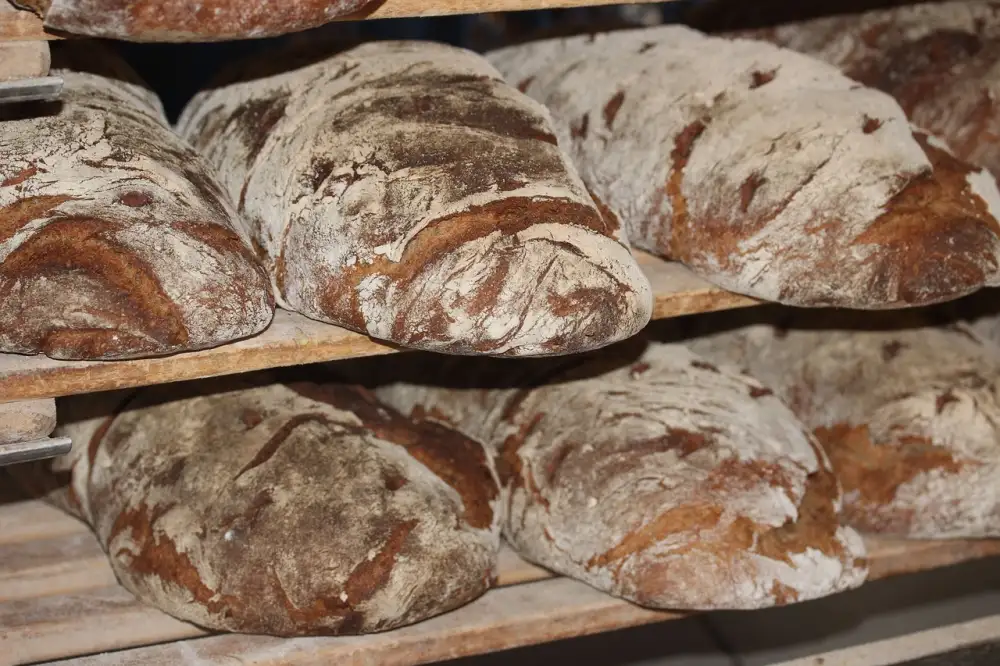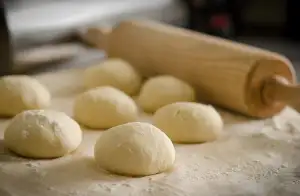Unlocking the Magic of Dry Yeast: Essential Tips and Recipes for Baking Success

Dry yeast is a key ingredient in baking that serves as a leavening agent, helping dough rise and creating light, fluffy textures in baked goods. It is made from the same strain of yeast as fresh yeast but has been dehydrated to extend its shelf life. Dry yeast comes in two main forms: active dry yeast and instant yeast. Active dry yeast requires proofing in warm water before use, while instant yeast can be added directly to the dry ingredients. Both types are reliable and easy to use, making them popular choices for home bakers and professionals alike.
Benefits of Using Dry Yeast in Baking
**Benefits of Using Dry Yeast in Baking**
Dry yeast is a pantry staple that offers numerous benefits to home bakers. Unlike fresh yeast, dry yeast has a longer shelf life, making it more convenient for occasional bakers. It is also easy to store and use, requiring no refrigeration until opened. Dry yeast provides consistent results in baking, producing reliable and predictable fermentation for bread dough. Additionally, it is versatile and can be used in a wide range of recipes, from simple bread loaves to elaborate pastries. Overall, dry yeast is a reliable and efficient leavening agent that enhances the flavor and texture of baked goods.
Tips for Activating Dry Yeast
When working with dry yeast, activating it properly is crucial for successful baking. Here are some essential tips to ensure your yeast is activated effectively:
1. **Check the Expiry Date**: Always use fresh yeast to guarantee its potency.
2. **Use Lukewarm Water**: Yeast activates best in water between 100-110°F (37-43°C). Too hot water can kill the yeast, while cold water won't activate it properly.
3. **Add a Pinch of Sugar**: Yeast feeds on sugar to produce carbon dioxide, which helps dough rise. Adding a pinch of sugar to the water can kickstart the activation process.
4. **Allow Time for Activation**: After mixing the yeast with water and sugar, let it sit for about 5-10 minutes until it becomes frothy and bubbly. This indicates that the yeast is active and ready to be added to your dough.
By following these simple tips, you can ensure that your dry yeast is activated efficiently, leading to beautifully risen and flavorful baked goods.
Basic Recipe Using Dry Yeast
One of the most popular and simple recipes using dry yeast is for classic dinner rolls. To make these fluffy and delicious rolls, start by activating the dry yeast in warm water with a pinch of sugar. Once the yeast is frothy, mix it with flour, salt, sugar, and butter to form a dough. Knead the dough until smooth and elastic, then let it rise in a warm place until doubled in size. Shape the dough into rolls and let them rise again before baking in a preheated oven until golden brown. Enjoy these homemade dinner rolls warm with butter for a delightful treat!
Advanced Recipe Incorporating Dry Yeast
For those looking to elevate their baking skills, trying out a sourdough bread recipe is a perfect way to showcase the magic of dry yeast. Sourdough bread requires a longer fermentation process, allowing the flavors to develop and resulting in a tangy and complex taste profile. To make your own sourdough starter, mix flour and water with dry yeast in a jar and let it ferment for several days, feeding it regularly.
Once your sourdough starter is ready, you can use it to create a delicious loaf of sourdough bread. Combine the starter with flour, water, and salt to form a dough, then let it rise for several hours before baking it in a preheated oven. The result is a crusty artisanal loaf with an open crumb structure and irresistible flavor.
Experimenting with sourdough bread not only allows you to harness the power of dry yeast but also offers a rewarding baking experience that connects you to centuries-old traditions of bread making. So roll up your sleeves, embrace the art of sourdough baking, and enjoy the delicious results of your advanced yeast-incorporating recipe.
Published: 06. 05. 2024
Category: Recipes



